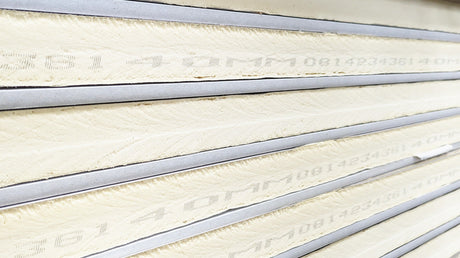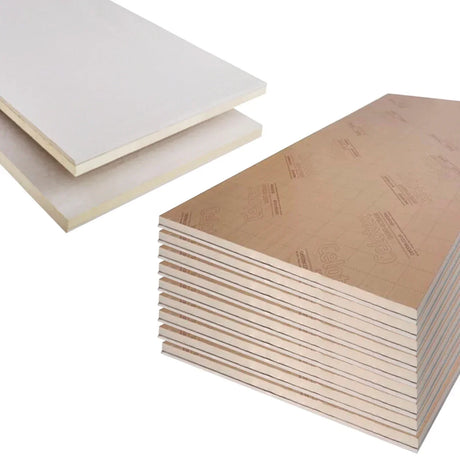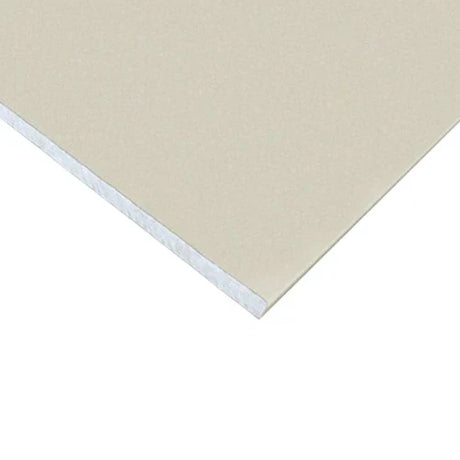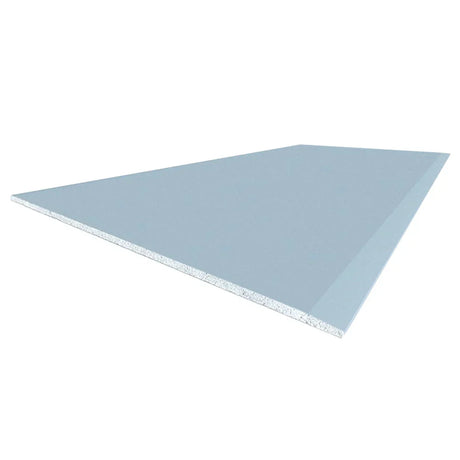Loft insulation represents one of the most cost-effective energy improvement measures available to UK homeowners. Understanding the specific financial benefits, performance factors, and return on investment helps set realistic expectations when planning insulation improvements.
Quantifiable Energy Saving Benefits
Research-based performance data demonstrates loft insulation's effectiveness with concrete figures. Upgrading an uninsulated loft to current standards typically reduces total home heat loss by 25-30%, while improving from minimal insulation (100mm) to current recommendations (270-300mm) delivers 10-15% reduction. The Energy Saving Trust estimates annual savings of £180-£220 for a typical semi-detached house upgrading from no insulation, with improvements from 100mm to current standards saving approximately £25-£35 annually. These figures vary based on property size, heating system efficiency, and energy costs, but provide reliable estimates for planning purposes.
Installing loft insulation to current standards typically improves Energy Performance Certificate ratings by 5-10 points, potentially shifting a property up one band on the A-G scale. Research suggests each EPC band improvement adds approximately 3-4% to average property value, providing additional financial benefit beyond energy savings. Rental properties require minimum E rating which often necessitates loft insulation to achieve compliance, while future regulatory changes may require higher standards for both rental and sale properties, making insulation increasingly important for property marketability.
Evidence from performance monitoring studies provides real-world validation of these figures. UK Building Research Establishment studies show actual savings closely match theoretical predictions rather than being merely theoretical estimates. Smart meter data analysis confirms significant consumption reduction following installation, while housing association bulk installation programmes demonstrate consistent 20-25% heating cost reductions across large property portfolios. Seasonal adjustment analysis shows proportionately greater savings during extreme cold weather when insulation delivers maximum benefit. Long-term monitoring confirms performance maintains effectiveness for 40+ years with minimal degradation, providing confidence in projected long-term savings.
Return on Investment Analysis
Financial assessment of insulation value demonstrates exceptional return compared to most home improvements. DIY installation of mineral wool in a previously uninsulated loft typically achieves payback in 1-2 years, while professional installation of the same solution generally achieves payback in 2-3 years. Upgrading from 100mm to current standards delivers longer payback periods of 4-7 years, reflecting the law of diminishing returns as each additional layer provides incrementally less benefit. Installation combined with loft boarding for storage may extend financial payback periods but adds functionality value beyond pure energy saving. These periods shorten during periods of high energy cost inflation, and government incentive schemes can significantly reduce payback periods when available.
Installation costs remain modest compared to most other energy improvement measures. DIY mineral wool installation in an average semi-detached house (50m²) costs approximately £250-£350 for materials, while professional installation typically costs £350-£600 depending on access, clearance requirements, and geographic location. Combining insulation with boarding adds £500-£1,200 depending on area covered and system selected. Additional costs may apply for loft hatches, tank jackets, and pipe insulation to complete the system, but the overall investment remains reasonable compared to alternatives like heating system replacement or window upgrades.
The lifetime value assessment provides perhaps the most compelling economic case. Quality loft insulation maintains performance for 40+ years with minimal degradation, generating cumulative savings that typically exceed £7,000-£10,000 at current energy prices. Adjusted for likely energy price inflation, lifetime savings may reach £15,000-£20,000 on an investment of just a few hundred pounds. Non-financial benefits including comfort enhancement add further value throughout the property lifetime. This exceptional return on investment explains why loft insulation consistently ranks as the highest priority energy improvement measure recommended by energy efficiency experts.
Performance Factors Affecting Savings
Installation quality significantly impacts actual energy reduction. Comprehensive coverage without gaps or thin spots is essential for projected performance. Studies show poorly installed insulation with just 5% gaps can lose 50% of potential benefit, making attention to detail crucial. Particular attention to eaves, hatch areas, and around obstructions ensures consistent performance across the entire loft space. Proper attention to water tanks and pipes prevents potential freezing issues while maintaining insulation continuity. Professional installation typically delivers more consistent coverage than DIY approaches in complex lofts, though careful DIY installation can achieve excellent results with proper attention to detail.
Property-specific variables influence the savings achieved from identical insulation measures. Older properties with solid walls typically show greater percentage savings from loft insulation as the roof becomes a more significant heat loss path when walls retain heat poorly. Compact properties with large roof area to volume ratios benefit disproportionately from loft insulation. Detached properties generally see larger absolute savings than mid-terraced homes due to greater exposed roof area. Properties with electric heating systems show greater financial return due to higher heating costs per unit of energy. Homes with existing draught issues may see reduced benefit until air leakage is also addressed, highlighting the importance of comprehensive energy efficiency approaches.
Occupancy patterns influence realised benefits significantly. Properties occupied throughout the day realise greater absolute savings than those empty during working hours since heating runs more consistently. Homes maintained at higher internal temperatures show larger financial returns from insulation due to greater temperature differential with outside. Properties with zoned or room-by-room heating control may see lower percentage reductions as heating already targets occupied areas efficiently. Even vacation homes or occasionally occupied properties benefit from reduced condensation risk and protection of building fabric. Consistent heating patterns generally maximise the financial benefits of insulation improvements, though all scenarios benefit to some degree regardless of occupancy.
At DIY Building Supplies, we provide both premium insulation materials and the expert guidance to help you maximise energy saving benefits through proper material selection and installation advice, ensuring your investment delivers optimal returns in both comfort and financial savings.









